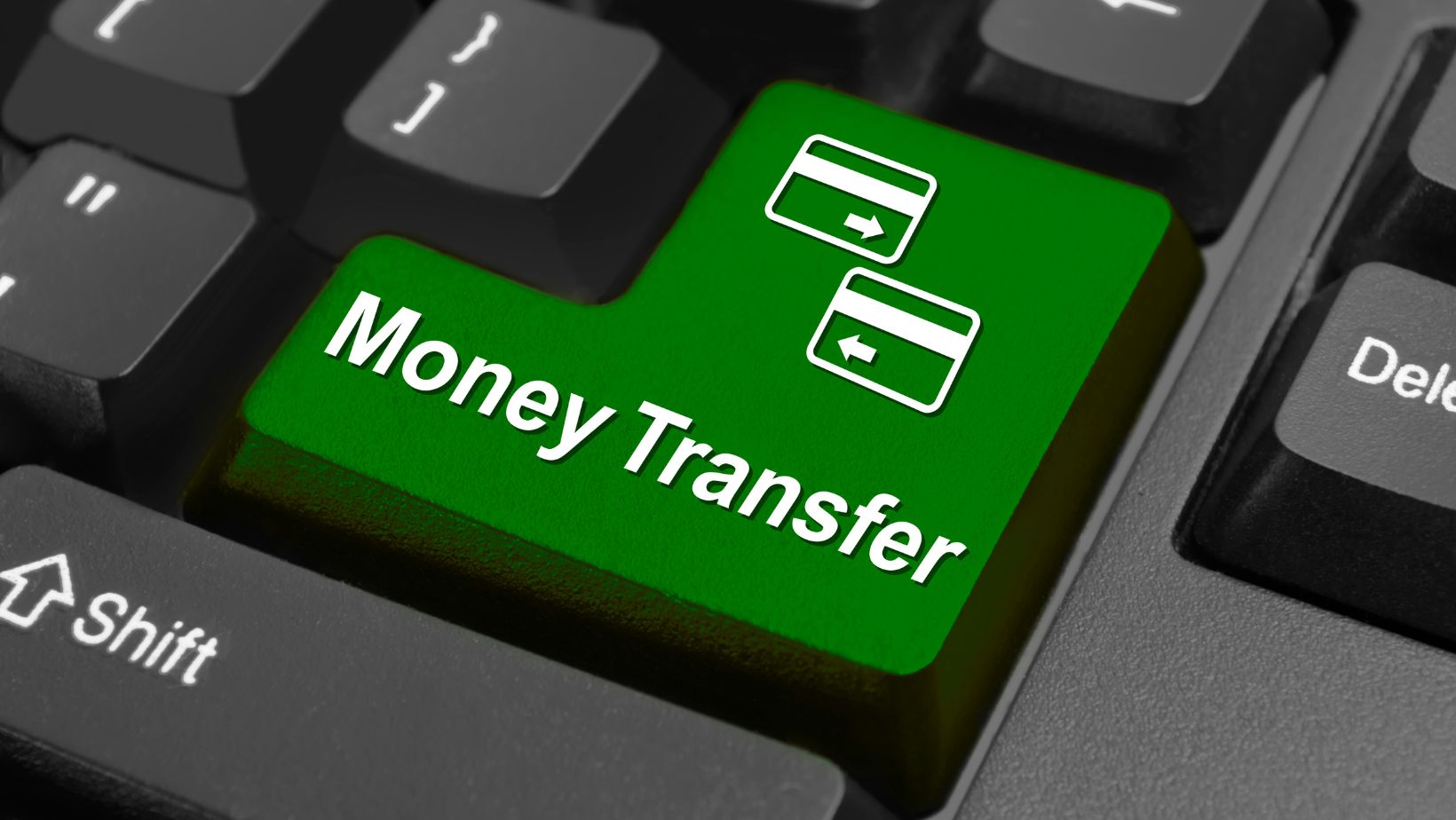For millions of Kenyans living abroad, supporting loved ones back home is more than a financial duty—it’s an emotional connection. Whether it’s funding a child’s education, covering healthcare, or helping to start a small business, remittances are the invisible threads tying families together across borders. Kenya has become one of Africa’s leading recipients of these funds, with billions flowing into the country annually. This trend has not only reshaped household finances but also turned money transfer to Kenya into a driving force behind national growth.
Traditionally, sending money home was far from simple. People had to endure high fees, long waits, and complicated banking processes. A worker in the Middle East or Europe might send funds that took days to reach Nairobi, let alone rural areas. For families facing emergencies, such delays were devastating. Today, technology has rewritten the rules. With mobile money platforms like M-Pesa and the rise of digital remittance providers, Kenyans abroad can complete a transfer in minutes, and recipients can access the funds instantly.
What sets Kenya apart is its remarkable adoption of mobile payments. More than 96% of households use mobile money services, making the country a global leader in financial innovation. This widespread accessibility means that even remote villages with limited banking infrastructure can receive international remittances with ease. For example, a farmer in Eldoret or a student in Kisumu doesn’t need to travel to a bank—they can simply withdraw or use money directly through their mobile device. This leap has created a financial ecosystem that many other nations are now trying to replicate.
Affordability is another crucial factor. In the past, the cost of remittances often reduced the actual amount received by families. But growing competition among fintech companies has driven fees down significantly. Some platforms now offer lower costs and better exchange rates than ever before. This shift ensures that when someone chooses money transfer to Kenya, a greater share of their hard-earned income actually reaches their relatives. For migrant workers who already face tight budgets, this is a critical improvement.
The ripple effects extend far beyond individual households. Remittances have become one of Kenya’s most stable sources of foreign exchange, strengthening the national economy and creating resilience during global financial turbulence. They fuel entrepreneurship, fund housing projects, and provide capital for small businesses. Studies show that families receiving remittances are more likely to invest in health and education, helping build stronger communities and long-term growth.
Looking to the future, the sector is poised for even more innovation. Blockchain-based payment systems and real-time cross-border networks promise faster and more secure transactions. Regulators are also working to ensure customer safety while encouraging competition. These advancements will only make sending funds easier, safer, and more transparent.
In conclusion, remittances are more than just financial transactions—they are lifelines that carry hope, love, and opportunity. Thanks to digital technology and mobile platforms, the act of supporting family has never been quicker or more reliable. Today, money transfer to Kenya is not just about sending cash—it’s about connecting lives, strengthening communities, and powering the nation’s future.

